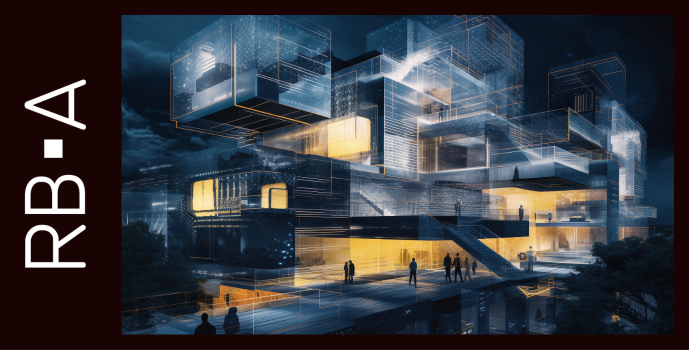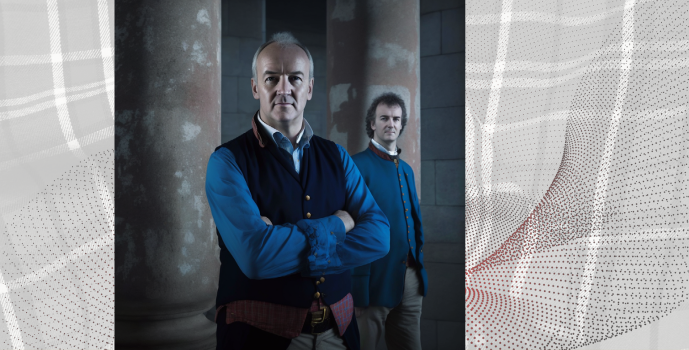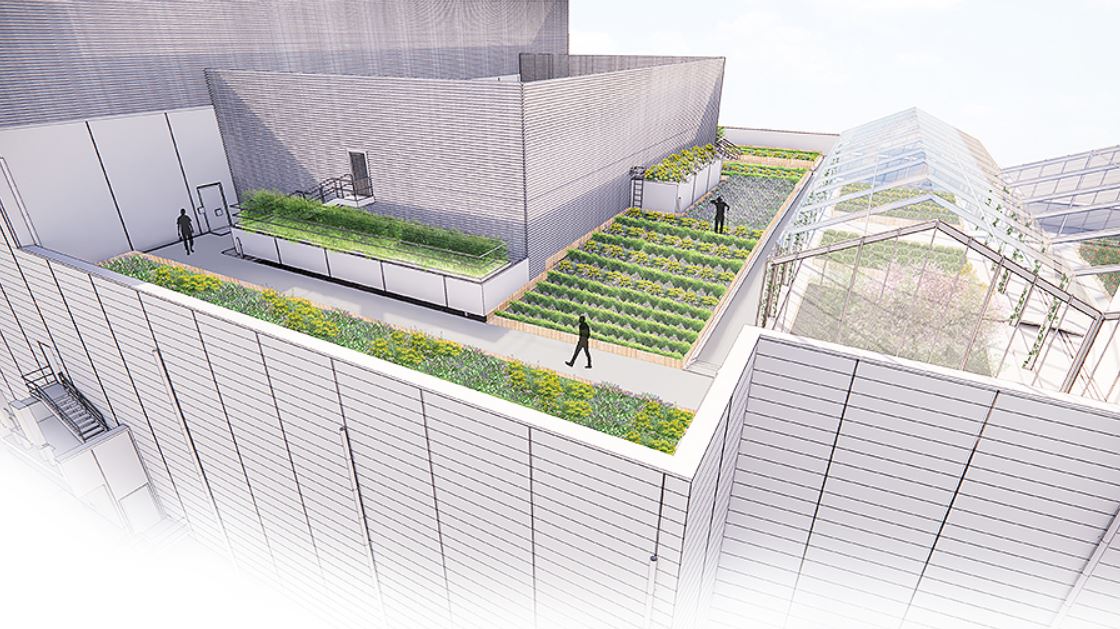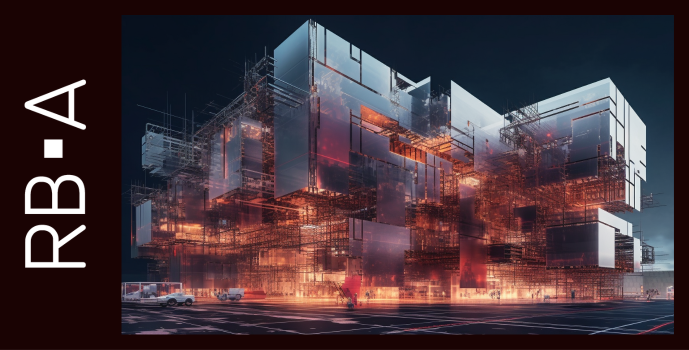Digital Design and AI in Architecture – A Revolution in the Making
Introduction
The world of architecture has been fundamentally altered by the rise of digital technology and artificial intelligence (AI). These technological advancements are shaping a new era for the discipline, where designing and constructing buildings is increasingly becoming digital. This shift radically transforms architects’ approach, influencing everything from design processes to sustainability measures and structural possibilities.
The Role of Digital Design in Architecture
Digital design in architecture refers to using computer-aided design (CAD) tools and software for creating precise and visually stunning architectural plans. These tools offer many benefits, such as improved accuracy, efficient modifications, and visualising structures in three dimensions. They also facilitate collaboration between architects and other stakeholders, making it easier to communicate complex designs.
In digital design, BIM (Building Information Modelling) stands out as a transformative tool. BIM goes beyond traditional 2D or 3D modelling, integrating detailed information about a building’s materials, properties, and functionality. This comprehensive approach aids architects in delivering more accurate, efficient, and sustainable designs.
Impact of AI on Architectural Design
While digital design tools have dramatically enhanced architects’ precision and visual capabilities, the integration of AI into the architectural process is revolutionising the field in even more profound ways. AI, particularly machine learning algorithms, can analyse vast amounts of data to provide insights, predict outcomes, and generate design options.
AI’s role in architecture is manifold. For example, AI can optimise building designs by evaluating multiple variations and identifying the most efficient and aesthetically pleasing options. Additionally, it can help architects create more sustainable designs by analysing and suggesting strategies to reduce energy consumption or carbon emissions.
The Future of AI in Architecture
The future of AI in architecture looks promising. Architects can harness AI for increasingly complex tasks as machine learning algorithms become more sophisticated and data collection methods more comprehensive. This might include using AI to analyse urban data and inform the design of buildings that better serve their communities or integrating AI into smart buildings to optimise their operation based on user behaviour and environmental conditions.
Conclusion
Integrating digital design and AI in architecture signifies a radical shift in the field. These technologies are altering how architects design and construct buildings and fundamentally changing our understanding of what architecture can achieve. At Reid Brewin Architects, we’re excited about the possibilities that lie ahead as we harness these digital tools to create more innovative, sustainable, and responsive architectural solutions. Join us as we delve deeper into these exciting topics in our upcoming blogs.











